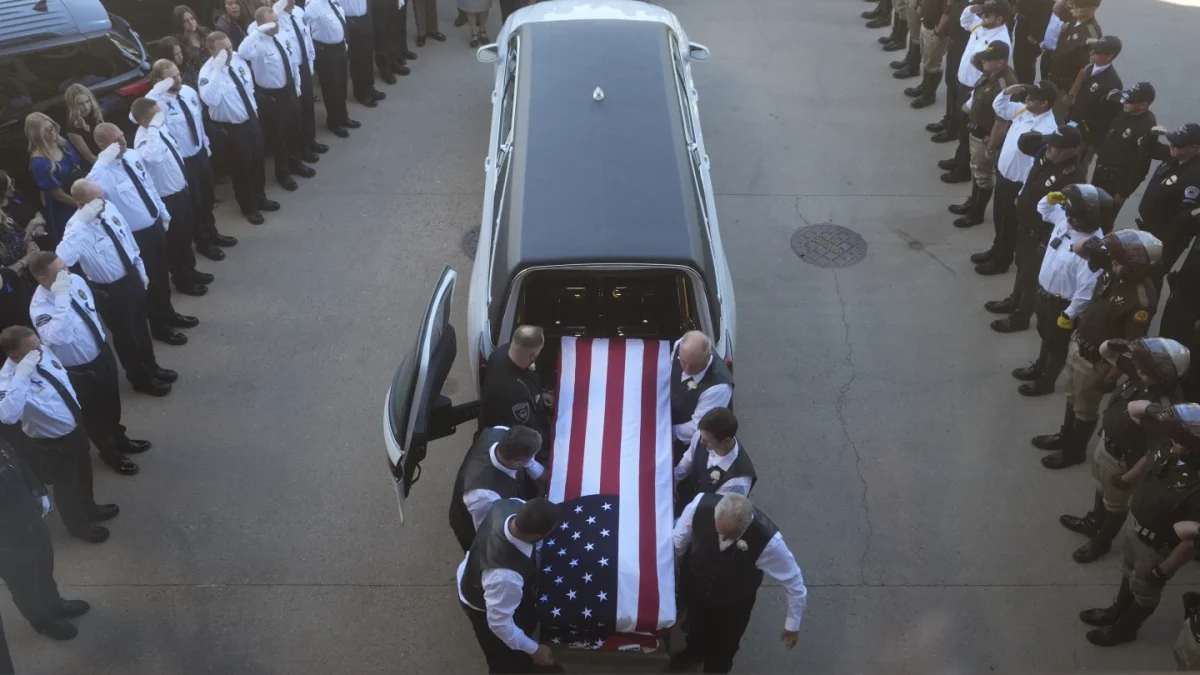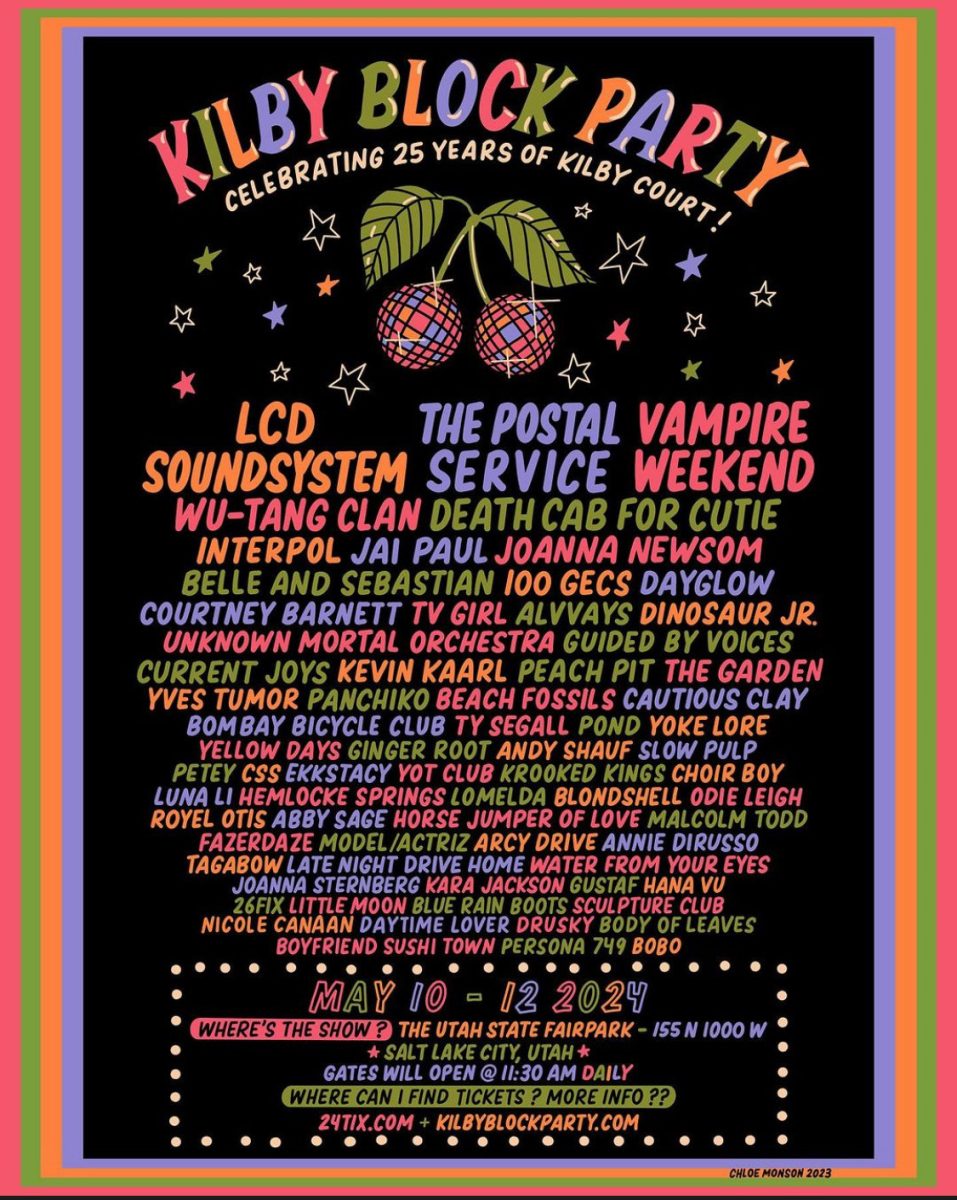Thanksgiving is a beloved holiday celebrated in the United States and Canada, and it holds great historical and cultural significance. It is a time when people come together to express gratitude and appreciate the blessings in their lives. The history of Thanksgiving is deeply rooted in traditions that date back to the earliest days of colonized North America.
Many attribute the origins of Thanksgiving to a harvest feast shared between the Pilgrims and the Wampanoag Native Americans in 1621. The Pilgrims, a group of English settlers who arrived in Plymouth, Massachusetts, in 1620, had a challenging first winter. The Native Americans, specifically Squanto, a member of the Pawtuxet tribe, played a crucial role in teaching the Pilgrims survival skills and helping them establish relations with other local tribes.
After their first successful harvest in 1621, the Pilgrims invited the Wampanoag and their chief, Massasoit, to a celebratory feast, which lasted for three days. This communal gathering marked a shared understanding of gratitude for a bountiful harvest and an alliance between two distinct communities.
Thanksgiving wasn’t an annual event at that time, but rather a sporadic celebration held throughout the 17th century. It was not until the 19th century that Thanksgiving became more organized and widespread. In 1863, during the American Civil War, President Abraham Lincoln proclaimed Thanksgiving as a national holiday to foster unity in a divided nation.
Sarah Josepha Hale, a prominent writer and editor, played a crucial role in promoting Thanksgiving as a national holiday. She campaigned for nearly four decades, appealing to several presidents to designate an official Thanksgiving day. Finally, President Lincoln listened and established the annual Thanksgiving holiday, which is typically celebrated on the fourth Thursday of November.
Since then, Thanksgiving has evolved, incorporating various customs and traditions. The typical elements of a Thanksgiving celebration include a large meal often featuring turkey, cranberry sauce, stuffing, and pumpkin pie. Families and friends gather for a festive feast, giving thanks for the blessings in their lives and often sharing stories and laughter.
Parades, primarily the Macy’s Thanksgiving Day Parade in New York City, have also become an iconic part of the holiday. Dating back to 1924, the parade features vibrant floats, marching bands, and the grand finale, Santa Claus, heralding the beginning of the Christmas season.
Thanksgiving continues to be a time of reflection, appreciation, and unity. Beyond its historical roots, it holds a significant place in American society as a national day dedicated to gratitude and sharing abundance. It is an occasion to reconnect with loved ones, create lasting memories, and participate in acts of generosity by supporting charitable initiatives or by volunteering at various community events.
Whether it’s rooted in historical accounts or cherished family traditions, Thanksgiving remains a cherished and highly anticipated holiday, promoting a spirit of gratitude, goodwill, and togetherness.
Ideas borrowed from American History class.










